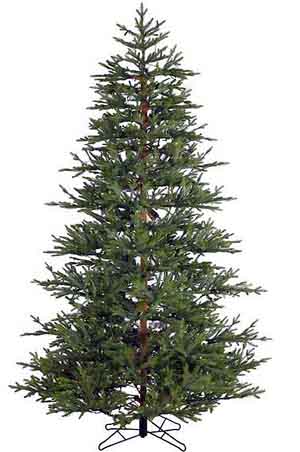Real vs. Artificial Christmas Trees – An Environmental Perspective
![]() Print this Article | Send to Colleague
Print this Article | Send to Colleague
 According to Two Sides N.A., Chicago, Ill., USA, each year during the holiday season people begin decorating and buying gifts. For those that celebrate Christmas, an important decision is choosing a tree. This includes deciding if it will be a real or artificial Christmas tree. How does your decision impact the environment? Cost, convenience, and personal preference are all important considerations, but so too is the environmental impact.
According to Two Sides N.A., Chicago, Ill., USA, each year during the holiday season people begin decorating and buying gifts. For those that celebrate Christmas, an important decision is choosing a tree. This includes deciding if it will be a real or artificial Christmas tree. How does your decision impact the environment? Cost, convenience, and personal preference are all important considerations, but so too is the environmental impact.Research has shown that locally-sourced natural trees have less environmental impact than artificial ones. An independent Life Cycle Analysis (LCA) study released by the Montreal firm Elliposos determined that real trees have less overall impact in terms of distribution, disposal, and average carbon emissions than their artificial counterparts. The LCA method allows for evaluation of potential environmental impacts of a product (or service) over its entire life cycle and takes raw material processing, manufacturing, transportation, distribution, use, reuse, recycling, and disposal impacts into consideration.
When it comes to artificial trees, the key to achieving environmental gains lies in the amount of time they are kept and reused. Average households replace an artificial tree about every six years. Evidence shows that, in general, artificial trees are made with plastic needles, although some are now being produced with more natural looking wood pulp on their poles (photo) and need to be reused for at least 20 years if they are to compare favorably with natural trees.
"It makes sense to choose the tradition that suits your needs while also considering the best environmental practices," says Kathryn Fernholz, Executive Director of Dovetail Partners, a Minneapolis-based environmental group. "If you choose a real tree, you can get to know your local grower and recycle your tree at the end of the holiday season. If you choose an artificial tree, make sure to reuse it for as many years as possible. Whichever route you go, your goal can be to pass the tradition of selecting a tree – or even the tree itself – down to the next generation!"
Additional environmentally-friendly measures you can take during the holidays include use of recycled and recyclable wrapping paper and greeting cards, use of LED holiday bulbs; and reuse and recycling of real trees and other decorations at the end of the season such as through collection programs, composting, wood chipping or planting.


